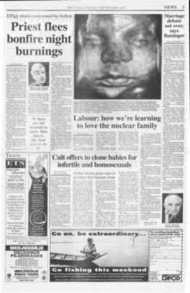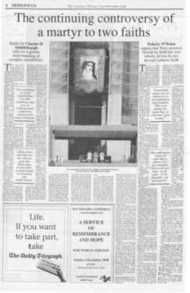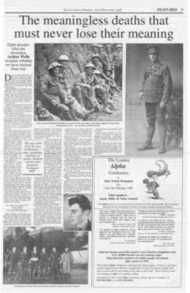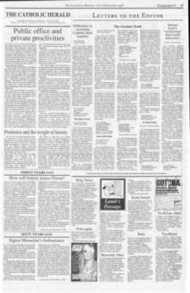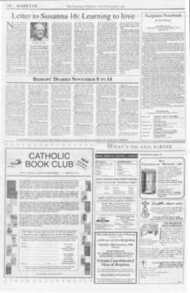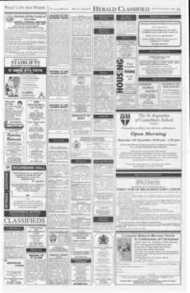Page 7, 6th November 1998
Page 7
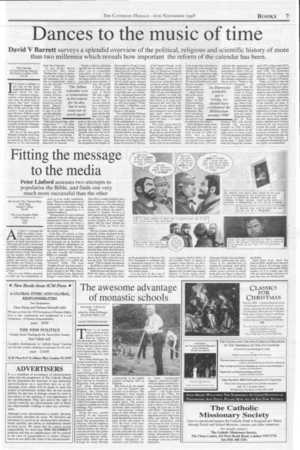
Report an error
Noticed an error on this page?If you've noticed an error in this article please click here to report it.
Tags
Share
Related articles
Downside Benedictine Abbey Elects Distinguished Historian...
The Men To Whom We Owe Our Freedom
Historian Monk Chronicles Orders Through The Ages
Champion Of 'history From Below' Inspires A Scholarly...
Nos Amis Across The Channel
The awesome advantage of monastic schools
Downside; A Pictorial Record edited by Aidan Bellenger, Downside Abbey £16
DAVID TWISTON DAVIES
THERE IS NO better way to discover how people used to live than by looking at old photographs. They are free from the accretions of theory that have given social history such a bad name; more importantly. they allow everyone to make his own observations.
Dom Aidan Bellenger, the former headmaster, sketches in a few pages the history of this monastic community and its school, which are approaching both the 4th centenary of their foundation in Flanders and the 2nd of their arrival in Somerset. Beginning with portraits of such great Benedictine figures as the martyr Oliver Plunkett, the Australian Bishop Bede Polding, the Cardinal historian Aidan Gasquet and the broadcaster Abbot Christopher Butler, he conducts a guided tour of the buildings, boys, teachers and domestic staff.
Along the way, careful reading of the captions reveals much fascinating detail. The pronunciation of refectory. with the emphasis on the first syllable, is the old Catholic practice; the school's curricula and rule-free games remained modelled on continental lines until the 1890s; Great Bede, which tolls out through the sleepy Mendip countryside, is the eighth largest swinging bell in England.
But, best of all. the reader can see for himself the process of evolution. The community's first chapel became a museum, a school dormitory, and is now a chapel again. The monks wore wide-collared coats in enclosure, then switched to the conventional college gown in choir before eventually returning to the traditional Benedictine buttonless habit. In the cold winter of 1917 the boys, with their heads wrapped in scarves, seem as unkempt as waifs; yet nine years later the slickly groomed prefects wore spats. Even the boys' cubicles, recently introduced to conform to the Children Act at some considerable expense, seem not so different from those installed for a new dormitory in the 1920s.
The great events are represented — the flight from France in the 1790s, the parades of the corps whose members did so much in the world wars to assure a Protestant country of Catholics' loyalty, the great fire of the mid-1950s — but interleaved are also snapshots of the dignified services held in the abbey and outside. The link between monastery and school may be hazy to boys, but the experience of living alonside a religious community and participating in the liturgy undoubtedly gives a monastic school an awesome advantage over any secular institution.
blog comments powered by Disqus




